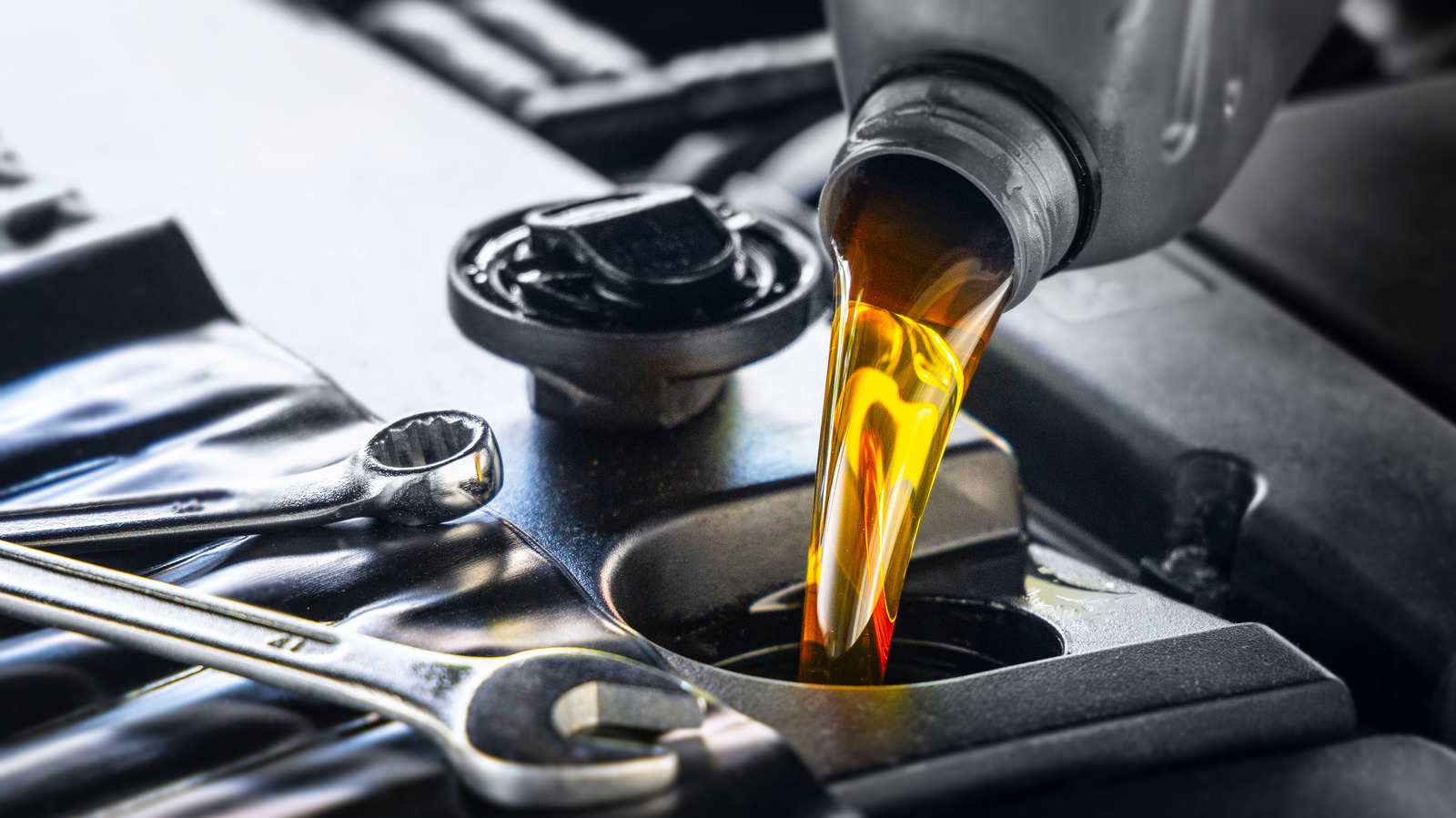Rapid Read • 7 min read
Researchers have developed nanowhisker glues that provide fatigue-resistant bioadhesion and interfacial functionalization. These glues use rigid, high-aspect-ratio nanoparticles to form a strong interface between hydrogels and tissues, enhancing adhesion energy and resisting crack propagation under cyclic loading. The study explores various deployment methods, including chemical enhancers, microneedling, and ultrasound treatment, to overcome tissue barriers and improve bioadhesion performance.
AD
The development of nanowhisker glues represents a significant advancement in biomedical applications, offering potential solutions for wound management, tissue repair, and wearable electronics. By overcoming the limitations of conventional polymer adhesives, these glues could lead to more durable and reliable medical devices and treatments. The integration of programmable functionalities, such as photothermal and sonodynamic effects, further broadens their application scope.
The research team is exploring the use of nanowhisker glues for localized, targeted therapies, including cancer treatment and infection management. Future studies will focus on optimizing the functional applications of these glues and validating their effectiveness in clinical settings. The findings pave the way for widespread application in diverse fields, including tissue engineering and regenerative medicine.
The study highlights the importance of nanostructured materials inspired by natural systems in overcoming engineering challenges. The use of nanowhiskers as a platform for localized interfacial functionalization offers promising prospects for future advancements in both medicine and engineering.
AD
More Stories You Might Enjoy














